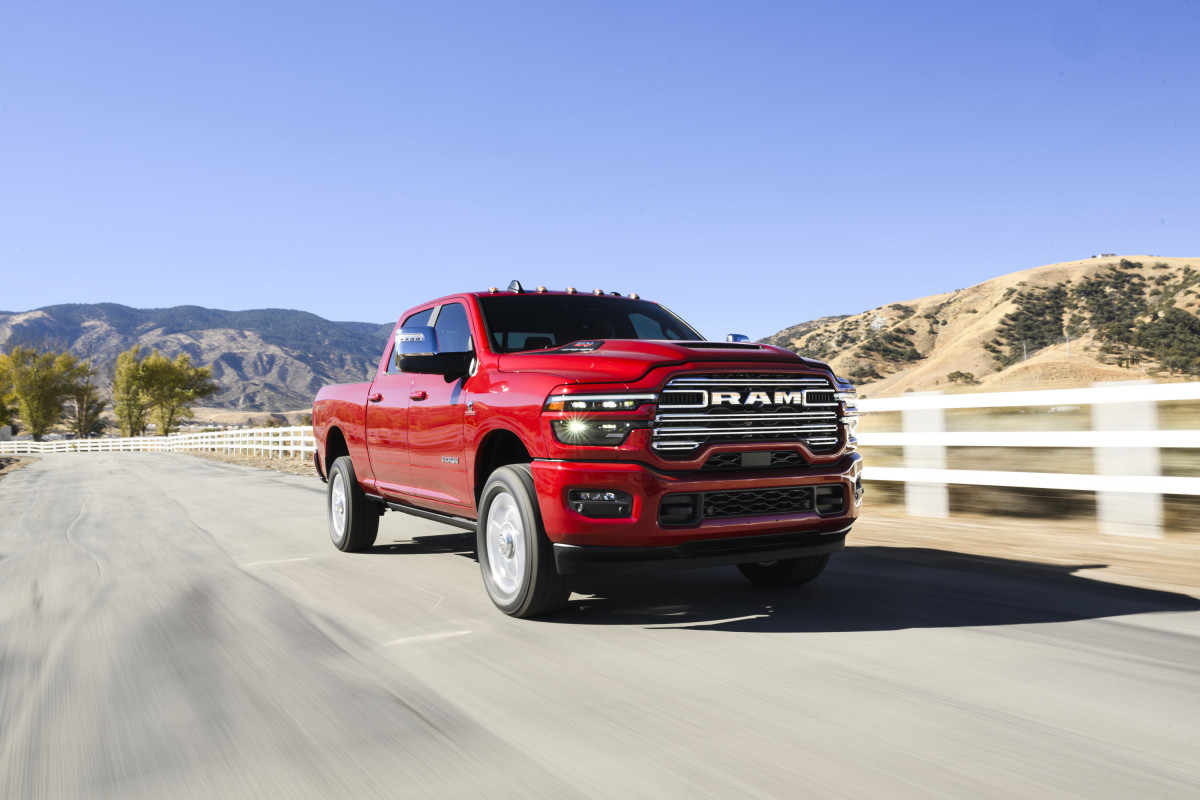Emirates is the second airline to put the A380 into service, following Singapore Airlines, which started A380 flights to Sydney in October.
The plane, costing $327 million at list prices, did visit New York and Los Angeles in March last year for route-testing purposes, but Friday's flight was the first regularly scheduled arrival of an A380 in the United States.
With its huge capacity and relatively fuel-efficient engines, airlines hope the world's biggest passenger jet will be the most cost-effective way of serving high-volume routes linking big cities, especially in light of soaring oil prices.
Airbus, part of aerospace group EADS, says an A380 uses up to 20 per cent less fuel per seat than a Boeing 747, and claims that when fully loaded and flying long distances it is more fuel efficient, per passenger, than a small family car.
The touchdown marks a hard-won victory for Airbus, which spent $10 billion and more than a decade on Europe's largest industrial project, in the face of widespread scepticism.
Airbus now has orders for about 200 of the planes from 16 airlines. The company is still struggling to iron out production problems after an 18-month delay in getting the first one out of its Toulouse, France, plant. The delays ended up pushing Airbus into loss and toppling its management, and are still causing political aftershocks in France.
Despite problems, the plane is outselling its nearest competitor, Boeing's revamped, expanded 747-8 jumbo.
Boeing, which invented the concept of mass travel over great distances with its original 747 in the 1970s, has sold only 27 passenger 747-8s so far. The plane, known as the Intercontinental, can seat 467 people in a standard layout and is set to fly first in Lufthansa colours in 2010.
US suppliers
While the A380's success may be bad news for Boeing, plenty of US suppliers are providing parts and electronics for the superjumbo, including Honeywell International, Spirit AeroSystems Holdings, Rockwell Collins and Goodrich. The engines on the Emirates A380 are also US-made, produced by the Engine Alliance, a joint venture between General Electric and Pratt & Whitney, a unit of United Technologies.
Emirates, the world's number-seven airline in terms of international passengers, is the biggest buyer of A380s, with 58 on order. After New York, it plans to fly the planes to London from December, then Sydney and Auckland from February.
Some 20 airports worldwide can now handle the A380, which needs extra-wide runways for its wingspan and two-tiered facilities for loading passengers.
The Port Authority of New York and New Jersey, which runs the region's airports, spent $179 million upgrading JFK facilities to accommodate the A380.
Emirates took possession of the plane in a glitzy ceremony in Hamburg on Monday, flying it to Dubai and then to New York. Middle East carriers are expanding their fleets and routes even as European and US carriers find themselves pinched by high fuel prices and waning demand.
Dubai expects the new planes will help transform it into a world business and leisure capital in the next few years, aiming to attract 15 million visitors a year by 2012.
Saturday, August 02, 2008
Emirates marks first commercial A380 arrival in US
Subscribe to:
Post Comments (Atom)



















No comments:
Post a Comment